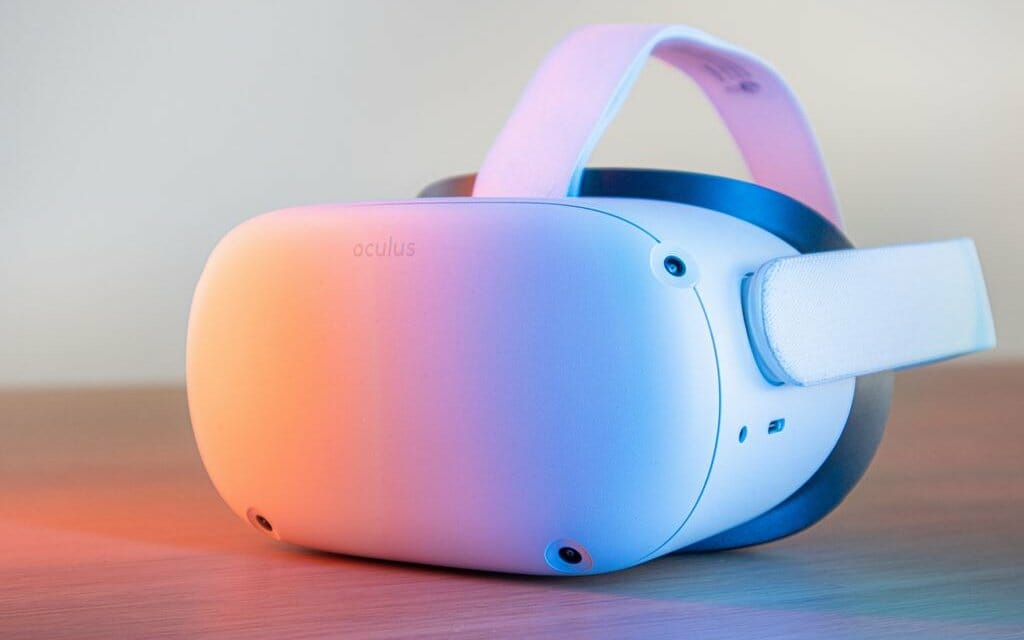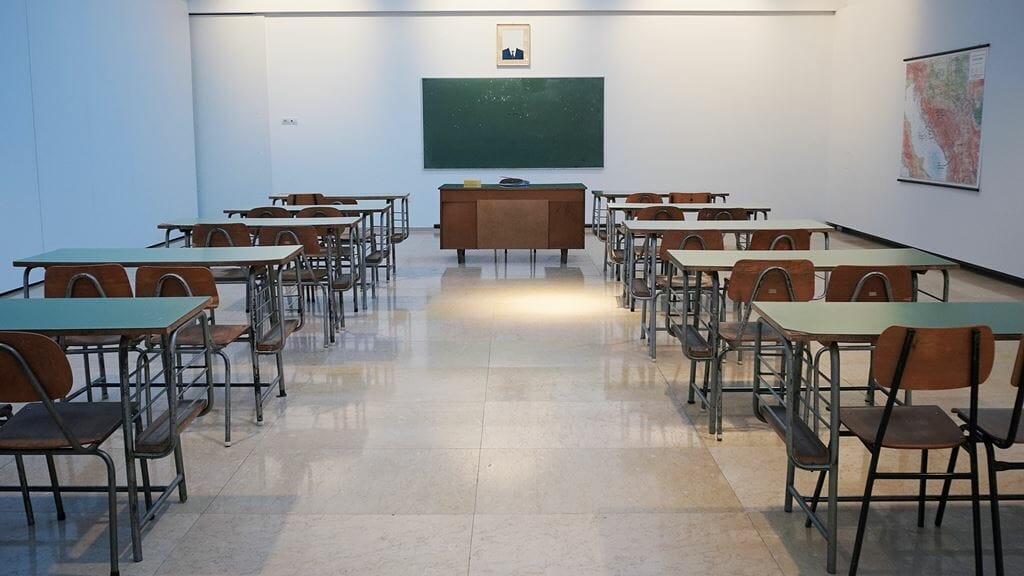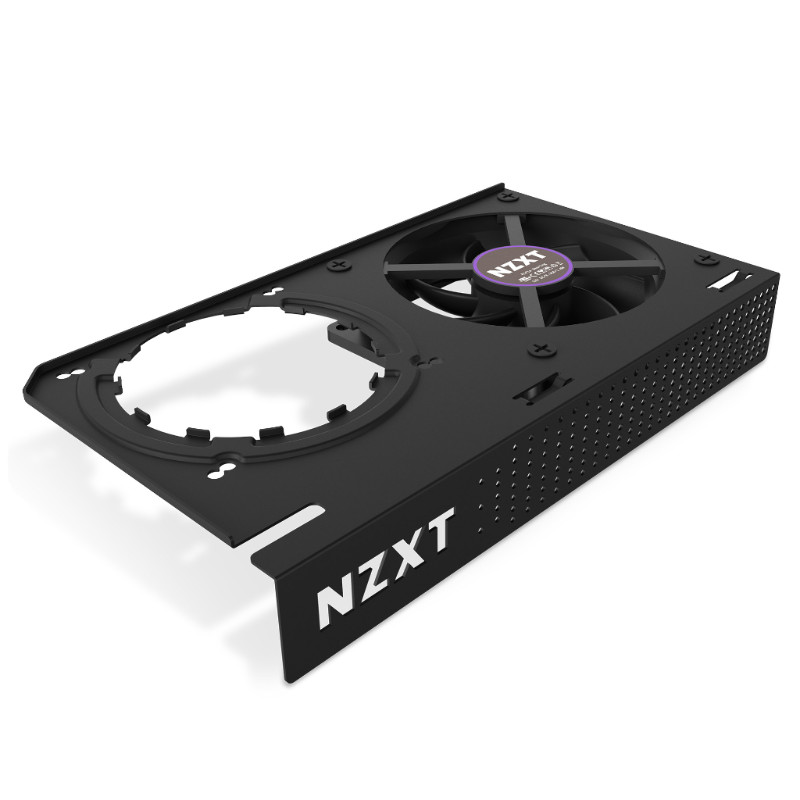
What Technologies In Education Are Successful. What to Expect In the Future?

When thinking about successful tech in education, remote learning comes to mind. Students don’t need to travel from one place to a different country to learn. What they need is a laptop or any mobile device. However, the world has evolved. Virtual reality and augmented reality have grown. These techs have improved how we view education, and their potential is exciting.
Technology will make education better but not the way people think it will. People often believe that incorporating tech into education means the end of teachers. However, that would be so far from reality. Teachers need to be present to guide. It is the collaboration of teachers and tech that will lead to the success of educational technologies.
So what are these technologies that have been helpful to education?
Benefits of Technology in Education.
- Encourages Easy Access of Educational Materials: The internet has become a powerful tool for evolution. One of the barriers to education is accessing materials. However, through the growth of the internet, we have the creation of software like Google Scholar. Students can now easily access the educational materials they need
- Assists Improvement of Abilities: Through technology, there are essay writing websites that allow students to access professionals that can help them develop their writing. Also, YouTube hosts different educational instructions. These instructions help students develop other abilities
- Curiosity Driven Learning: The rise of digital marketing has increased the demand for content writing. Students curious about content writing could check out an essay writing service to develop their writing. Then, through that student’s curiosity, they gain an invaluable skill
- Boosts Teacher Efficiency: Currently, teachers have different responsibilities that can impact their effectiveness. They have to grade, prepare notes and ensure students understand what they are learning. Through tech, teachers can focus on helping students learn. Tech takes care of grading and other preps.
Current Successful Tech in Education.
AR and VR
You must have guessed that this list would have AR and VR content. However, don’t think that they are just fads. They are the present of education and most definitely its future. VR and AR make the learning feel personalized. It helps to bring details that generally would be theoretical into reality.
Think dinosaurs. Teachers want to teach students about dinosaurs, and instead of boring diagrams, students can visit the past using VR and AR tech. They can identify parts of dinosaurs, their reproductive systems, and any other required information.
Also, VR helps a student get insights and understand pages a textbook could not offer. In addition, teachers can better guide students on crucial insights in real-time. Students can learn about space by having the feeling of visiting space. They can gain essential details about how the solar system works. They can even see ‘other’ planets.
Studies show that students who learned using VR performed significantly better learning the same things they traditionally learned when they tested them. Now, impressively after two weeks of the first test, they performed even better.
Interestingly, students who struggled with specific topics during traditional learning excelled in VR. They even scored better than the best students in the conventional learning system.
Cloud Tech.
Cloud tech is a way to share information with students quickly. Recently, schools are connected to the cloud, and they keep information on the cloud. This means that technology has solved the informational problem that education faced at a time.
Students can easily access notes and other information using their computers or other technological devices. Also, teachers use cloud tech to upload assignments and instructions to students.
This is especially great for students who are learning with remote learning.
Distance Schooling
The expression ‘four walls of a classroom’ is not applicable anymore due to distance learning. True, distance learning is not new, but technology has made it better. There is now software that investors have designed to drive wherever you are, your classroom.
You can attend classes with other students. Also, you can have the lectures shared with your screen and contribute to the class. Plus, there’s virtual attendance for teachers to keep track of students.
Covid 19 played a part in pushing the evolution of distance learning
The Future of Tech in Education
Gamification.
Students don’t find learning fun. They find it burdensome, but through tech, students can enjoy learning. An example of this is how VR makes learning enjoyable. VR makes pages students will find boring come to life.
Tech can make learning a form of a game where students get rewards for learning. Like VR, AR can be helpful in this regard. An example of this is the ‘RosieReality’ AR game. Young students through that game have fun learning the basics of programming.
Gamification is not only for kids. Adults can also use it to learn. The key is to use games that will fit different age grades.
Extended Reality (XR)
XR is the combination of AR and VR. Through ER, learning will even become more immersive. Students will be able to experience the things that teachers are teaching them. If students are learning about ancient Rome, ER will give them an experience of visiting Rome. This will be possible through a virtual reconstruction.
Big Data.
Big Data can help teachers improve student performances. Sometimes, a teacher may not be able to pay attention to students. Big Data can help teachers gauge how much the students understand. In addition, it can also help teachers provide personalized learning for students. Apart from improving the students, teachers’ productivity also increases.
Improved AI Infusion.
AI can help both teachers and students to learn. The best way to include tech in education is a collaboration between teachers, students, and tech. For teachers, tech can help them focus on teaching. The AI can handle grading and some other non-classroom teaching responsibility.
Students can use AI to go over things teachers teach them but aren’t clear. In essence, they can use AI as support.
Conclusion
Tech in education will improve the efficiency of students and teachers. For the true potential of educational tech to be explored, students and teachers must cooperate. The best part is we are just getting started. There is so much more tech can give education.




























